Exhibition dates: 30th March – 21st April 2011
Bill Henson (Australian, b. 1955)
Image No. 9 from an Untitled sequence 1977
1977
Gelatin silver print
This is an exquisite exhibition by one of Australia’s preeminent artists. Like Glenn Gould playing a Bach fugue, Bill Henson is grand master in the performance of narrative, structure, composition, light and atmosphere. The exhibition features thirteen large colour photographs printed on lustre paper (twelve horizontal and one vertical) – nine figurative of adolescent females, two of crowd scenes in front of Rembrandt paintings in The Hermitage, St. Petersburg (including the stunning photograph that features The return of the prodigal son c. 1662 in the background, see below) and two landscapes taken off the coast of Italy. What a journey this exhibition takes you on!
Throughout his career Henson has carefully and thoughtfully mined the history of art to create personal mythologies that have wider universal implications. His work is a spiral feeding back into itself. As it ascends so it expands. His inquiry has been consistent and persuasive – themes and techniques that were evident in the very first photographs still appear many years later. For example, the very early photograph Image No.9 from an Untitled sequence 1977 (above) features a Mannerist-influenced elongated body, a form that appears in the latest exhibition in several of the works. Other influences have been, in early work, the Baroque (Untitled 1983/84, below), Rembrandt’s use of chiaroscuro in the Paris Opera Project (Untitled 21/51, below), the Pre-Raphaelite (used in most of his figurative work, especially in the faces, see below). In the current exhibition the influence of Caravaggio on the form of the body and the relationship between a work and Leonardo da Vinci’s Head of Christ (c. 1494-1495, below) is evident as is the implementation of a flattened perspective that is opposed to the principles of linear perspective, used in Dutch still life of the 17th century (see ‘The Art of Describing’1) that Henson employed in early photographs of crowds (Untitled 1980/82, below) – now reappearing in the two photographs taken in front of the Rembrandt paintings.
Henson’s vulnerable bodies have always been marked, bruised and subject to distress, emerging into the light in fragments – unsure in their relationship to life, spirit and mortality. His naked adolescent subjects occupy interstitial spaces: the gap between spaces full of structure, between childhood and adulthood – fluid spaces of adventure, exploration and problematic transience. Using this metaphor the photographs invite the viewer to examine their own social identity for this is never fixed and stable, is always in a state of flux; we, the viewer, have an intimate relationship to this period in our life not as some distant memory but with a sense of wonder and appreciation.
The new photographs, with their languorous, limpid figures have a certain malaise to them – the disintegrating body, the surface of the skin all blotchy hues of blue, pink and purple as if diseased – are translucent like a chrysalis … the inner light seeming to magically emerge from under the skin. As John McDonald in his excellent article (an essential read!) in The Age comments,
“The bodies of teenagers are transformed into living sculptures, infused with a slivery-blue sheen, every bruise and blemish captured in unsettling detail. Henson does not provide us with fantasy objects; he makes us feel how lonely it can be within our own skins. These are disturbing images but not because they feature naked adolescents. They are disturbing because they have the beauty of old master paintings or antique statuary but depict beings of flesh and blood. They are disturbing because they touch parts of the psyche we might prefer to avoid, stripping away the social self, leaving us as defenceless as a snail without its shell.”2
As McDonald notes, these bodies are more melancholy than erotic although they do possess, powerfully, that ability to image “the primeval deity who embodies not only the force of love but also the creative urge of ever-flowing nature, the firstborn Light for the coming into being and ordering of all things in the cosmos.”3 In this sense they emerge from darkness into the (dying of the) Light and possess a foreboding sense of death as well as elegiac sensuality: the placement of a hand, the hair of a person enveloped in darkness languidly resting on an exposed stomach, easily missed if not being attentive to the image.
Henson’s photographs have been said by many to be haunting but his images are more haunted than haunting. There is an indescribable element to them (be it the pain of personal suffering, the longing for release, the yearning for lost youth or an understanding of the deprecations of age), a mesmeric quality that is not easily forgotten. The photographs form a kind of afterimage that burns into your consciousness long after the exposure to the original image has ceased. Haunted or haunting they are unforgettable.
Dr Marcus Bunyan
1/ See Alpers, Svetlana. The Art of Describing: Dutch Art in the Seventeenth Century. University Of Chicago Press, 1984
2/ McDonald, John. “Bill Henson,” in The Age newspaper. April 9th 2011 [Online] Cited 17/04/2011
3/ Anon. “Eros,” on Wikipedia [Online] Cited 17/04/2011
.
Many thankx to Jan Minchin and Tolarno Galleries for allowing me to publish the four photographs from the exhibition in the posting. Please click on the photographs for a larger version of the image. All photographs © the artist and Tolarno Galleries.
All photographs published other than the ones supplied by Tolarno Galleries are published under fair dealing for the purposes of criticism or review (Commonwealth of Australia Consolidated Acts: Copyright Act 1968 – Sect 41).
Bill Henson (Australian, b. 1955)
Untitled
1980/1982
Gelatin silver photograph
28 × 47cm
David Bailly (Dutch, 1584-1657)
Self-Portrait with Vanitas Symbols
c. 1651
Oil on canvas
Bill Henson (Australian, b. 1955)
Untitled 1983/84
1983-1984
Triptych
Type C colour photograph
Each 98.3 x 73.6cm
Bill Henson (Australian, b. 1955)
Untitled 21/51
1990-1991
Paris Opera Project
Type C photograph
127 × 127cm
Series of 50
Edition of 10 + 2 A/Ps
Bill Henson (Australian, b. 1955)
Untitled #125
2000/2003
LMO SH163 N15A
Type C photograph
127 × 180cm
Edition of 5 + 2 A/Ps
Sir John Everett Millais (English, 1829-1896)
Ophelia
1851-1852
Oil on canvas
Tate Britain
Tolarno Galleries is pleased to present Bill Henson’s most recent body of work.
Comprising 13 photographs depicting glowing interiors, stunning landscapes and softly lit figures, this exhibition shows, as David Malouf declared in 1988, that ‘Bill Henson is a maker of magic.’
Henson’s spellbinding new works push photography into the realm of painting. His masterly compositions, captured at twilight, remind us of Caravaggio. Hauntingly beautiful, they express a palpable tenderness through subtle gestures and exquisite modulations of colour. Such photographs tell us why Bill Henson is one of Australia’s leading contemporary artists.
Born in Melbourne, he had his first solo exhibition, at the age of 19, at the National Gallery of Victoria in 1975. Since then he has exhibited extensively in Australia and internationally. In 1995 he represented Australia at the Venice Biennale with his celebrated series of cut-screen photographs.
In 2003 his work appeared in Strangers: The First ICP Triennial of Photography and Video at the International Center of Photography, New York.
A major survey of his work was held at the Art Gallery of New South Wales and the National Gallery of Victoria in 2005. This landmark exhibition attracted record visitor numbers for a contemporary art exhibition in Australia. The following year he exhibited a major body of work in Twilight: Photography in the magic Hour at the Victoria and Albert Museum, London.
Press release from Tolarno Galleries
Bill Henson (Australian, b. 1955)
Untitled
2010/2011
NH SH346 N10B
Archival inkjet pigment print
127 x 180cm
Edition of 5
Bill Henson (Australian, b. 1955)
Untitled
2009/2010
CL SH733 N35B
Archival inkjet pigment print
127 x 180cm
Edition of 5
Bill Henson (Australian, b. 1955)
Untitled
2009/2010
CL SH767 N17B
Archival inkjet pigment print
127 x 180cm
Edition of 5
Bill Henson (Australian, b. 1955)
Untitled
2009/2010
NH SH353 N33D
Archival inkjet pigment print
127 x 180cm
Edition of 5
Leonardo da Vinci (Italian, 1452-1519)
Study for the head of Christ for The Last Supper [Testa di Cristo]
c. 1494-1495
Drawing on paper
40 x 32cm
Pinacoteca di Brera, Milano
Tolarno Galleries
Level 4, 104 Exhibition Street
Melbourne VIC 3000
Australia
Phone: 61 3 9654 6000
Opening hours:
Tuesday – Friday 10am – 5pm
Saturday 1pm – 4pm












![Leonardo da Vinci (Italian, 1452-1519) 'Study for the head of Christ for The Last Supper [Testa di Cristo]' c. 1494-5 Leonardo da Vinci (Italian, 1452-1519) 'Study for the head of Christ for The Last Supper [Testa di Cristo]' c. 1494-5](https://artblart.com/wp-content/uploads/2011/04/leonardo_da_vinci_head_of_christ_c1494_5.jpg?w=840)
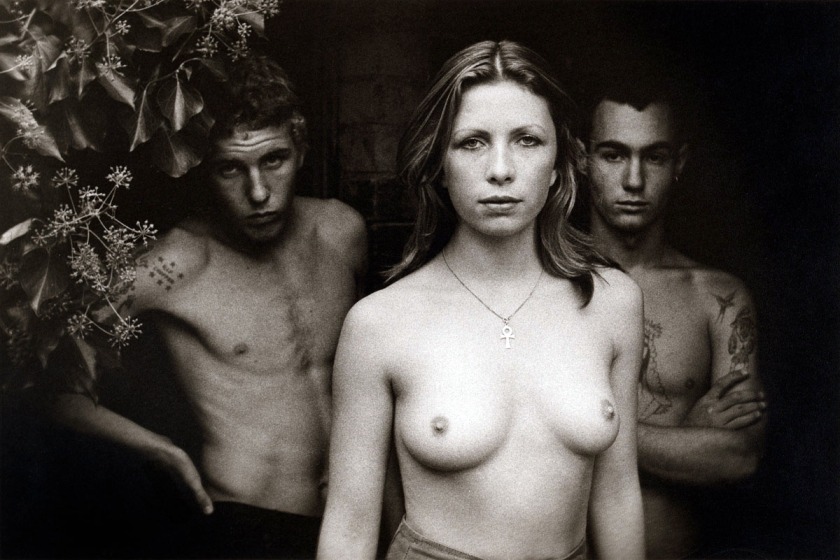
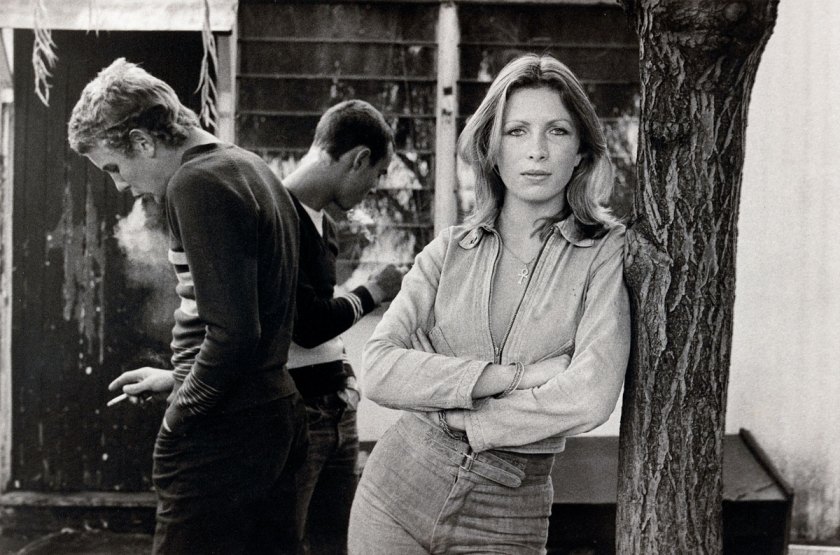


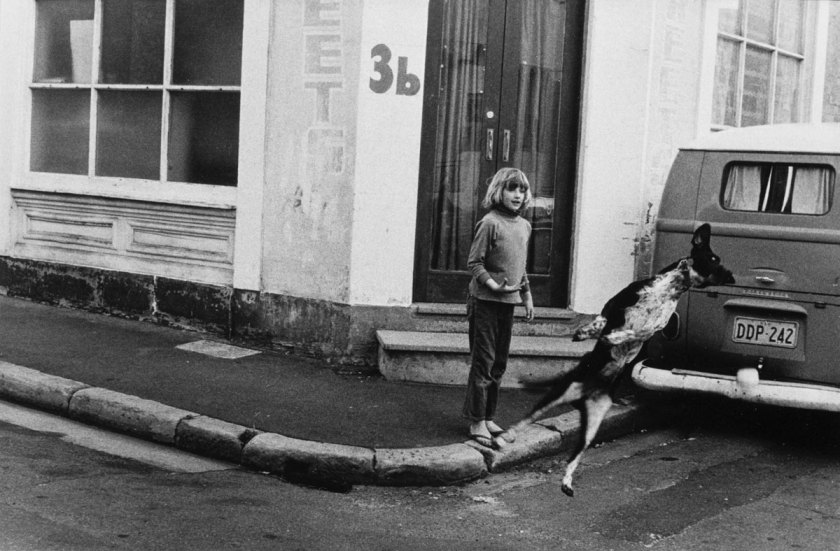
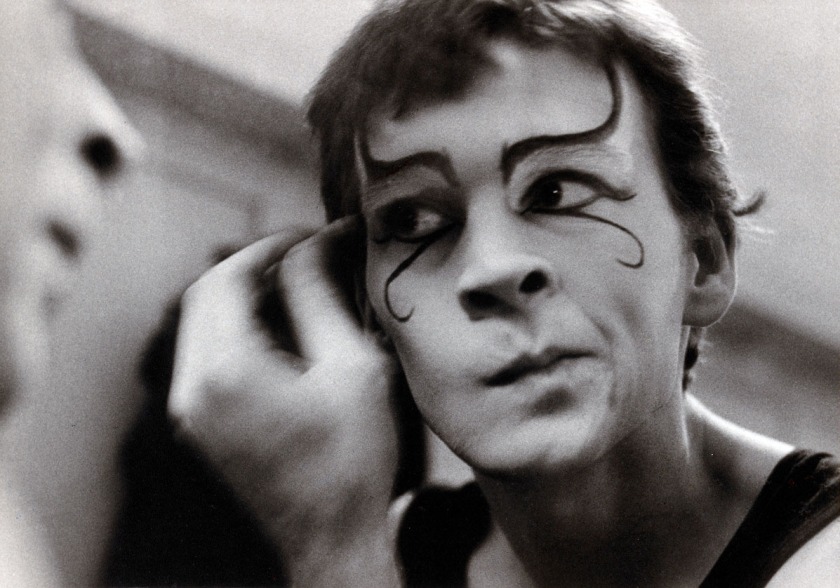



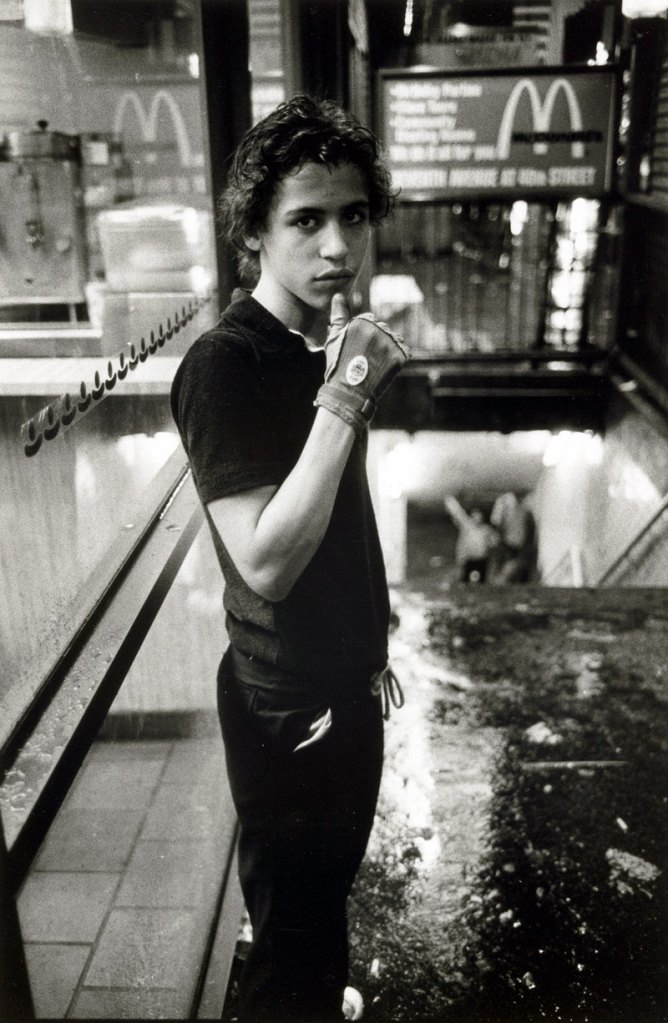
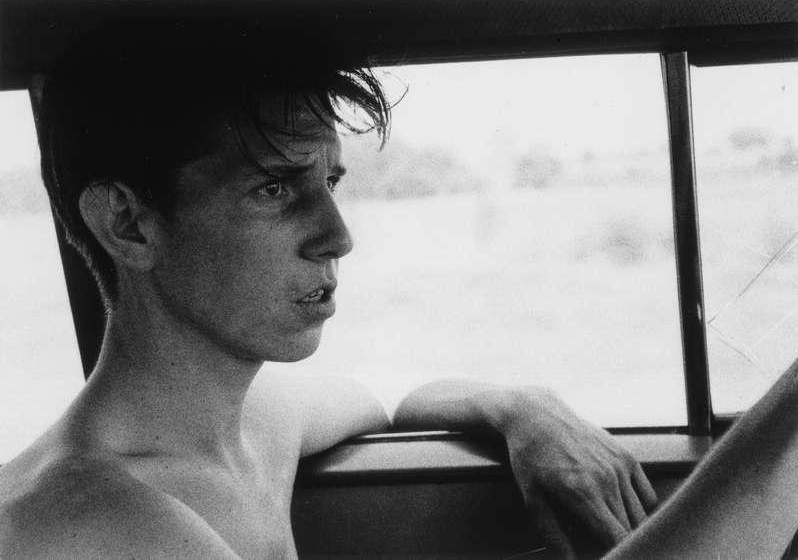


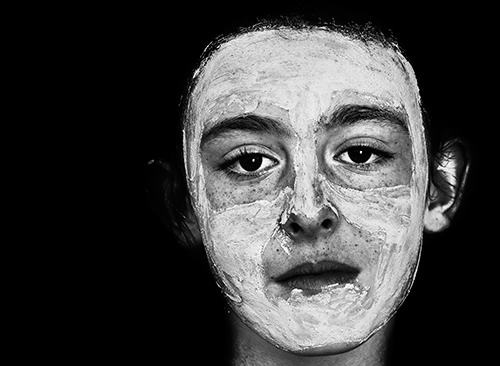


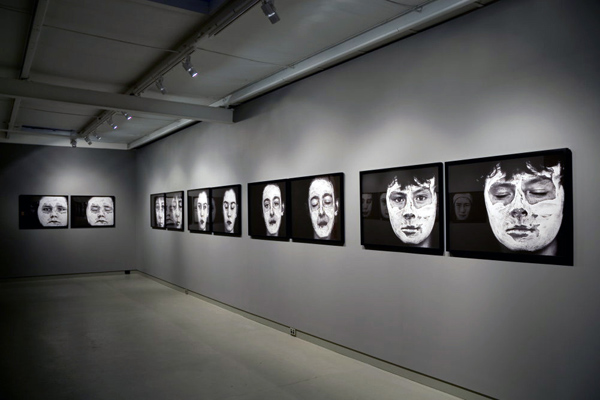
















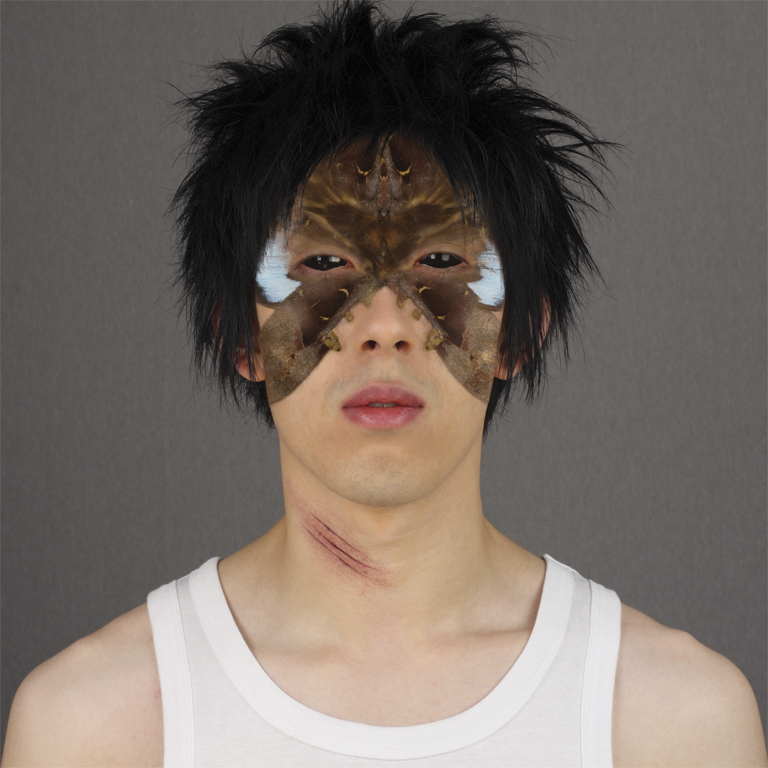
























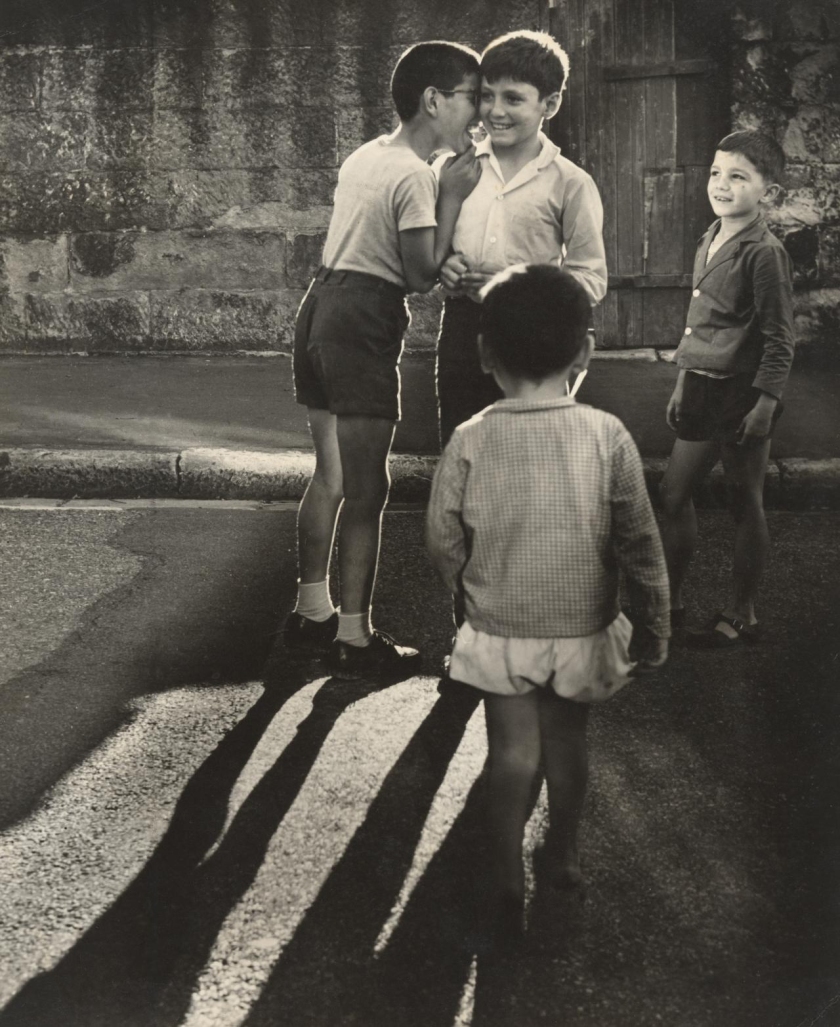












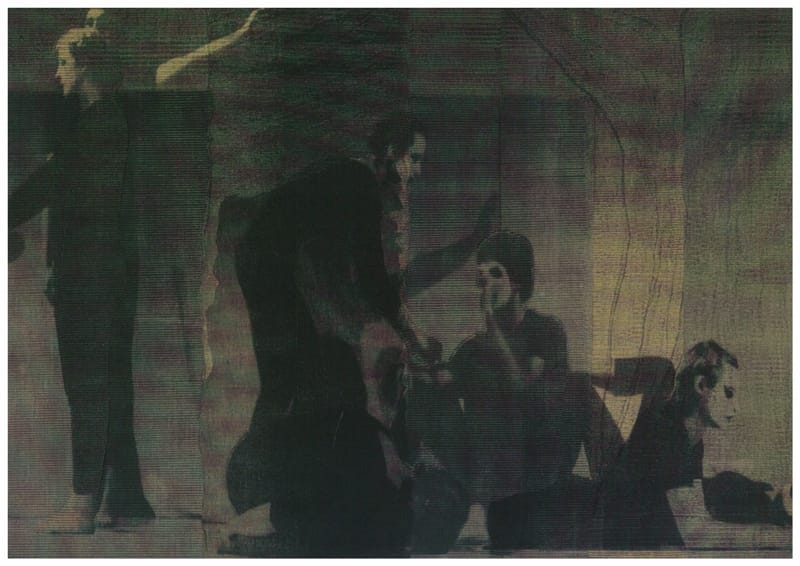

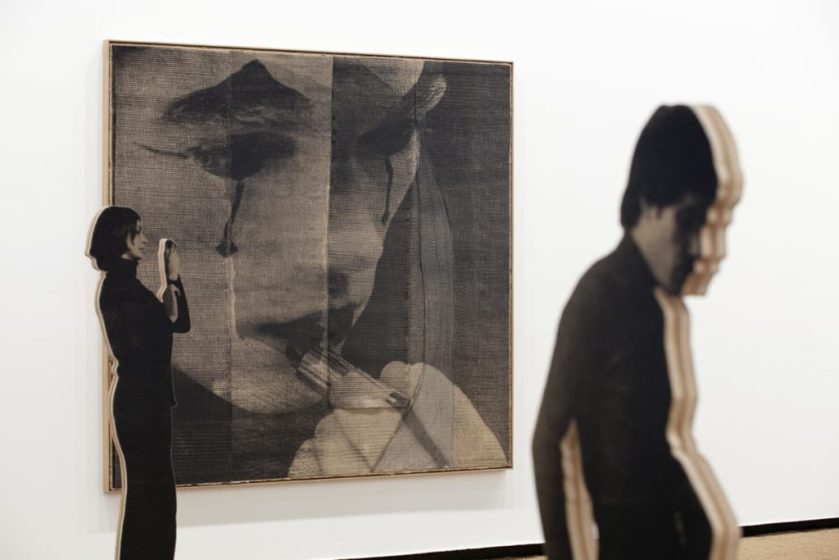


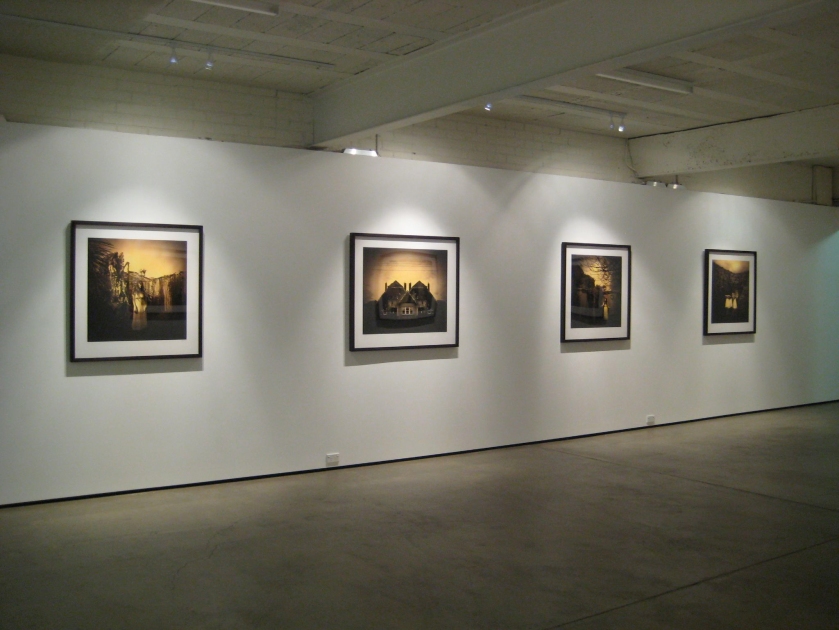
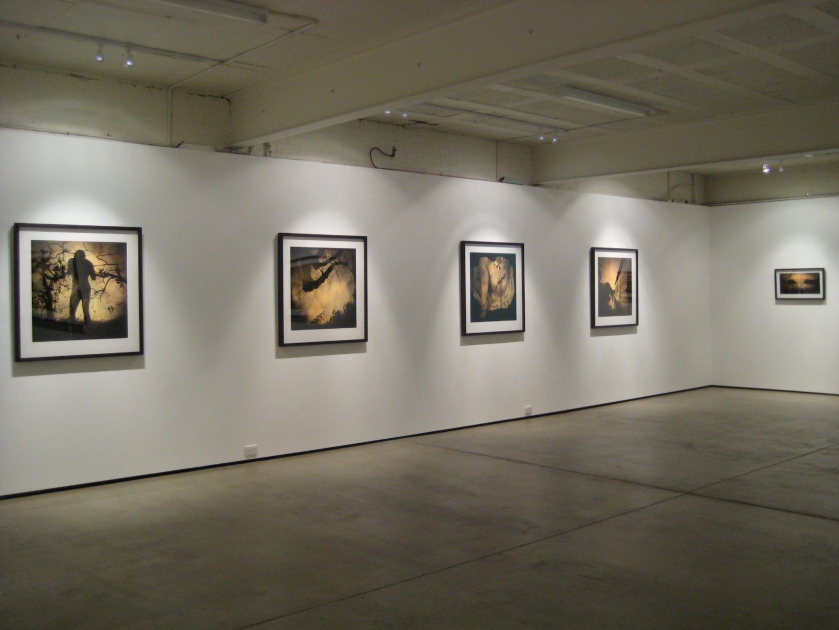

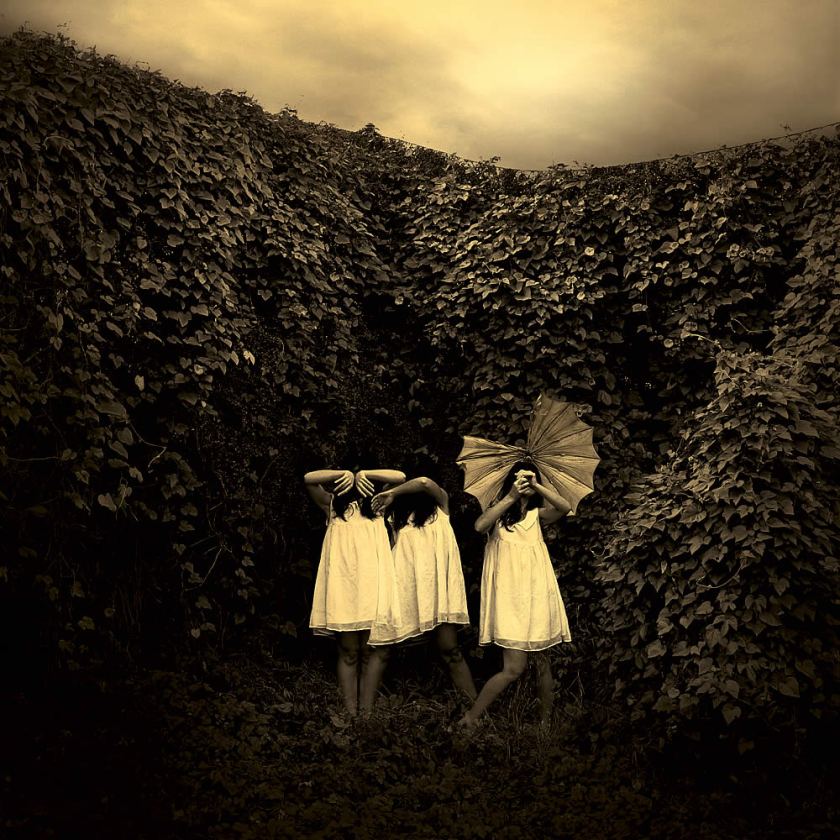
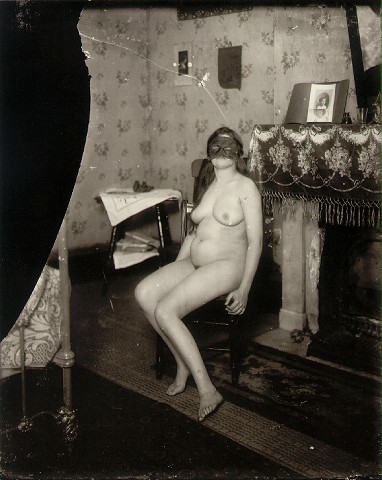
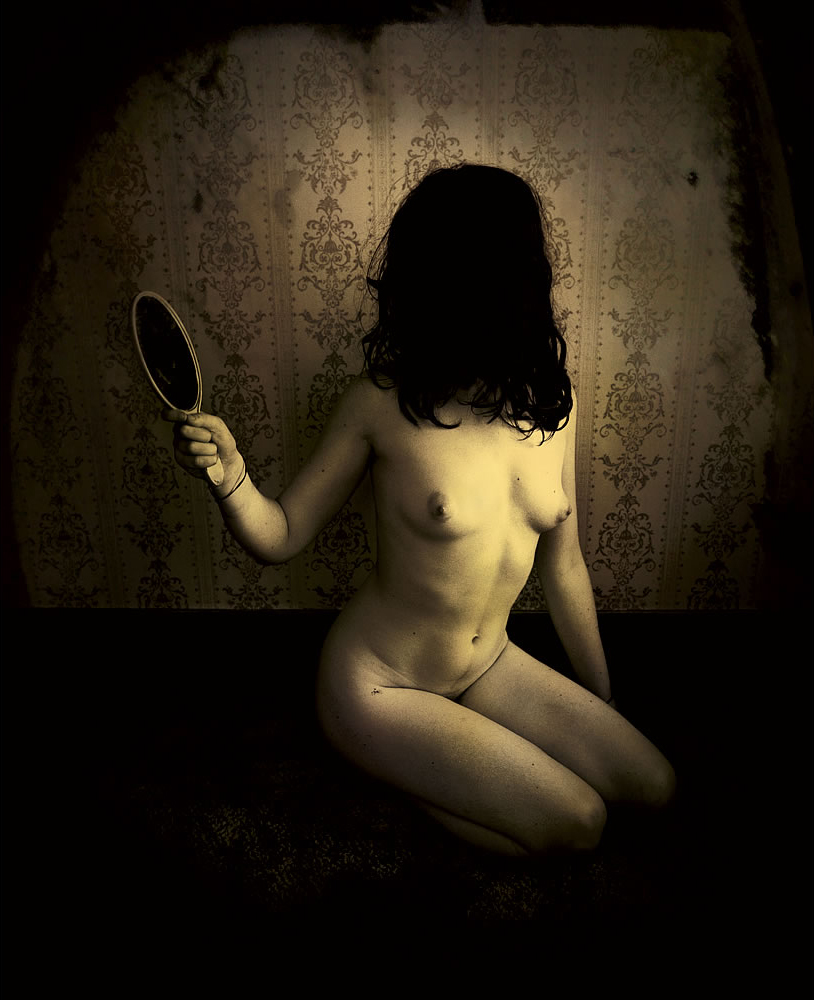

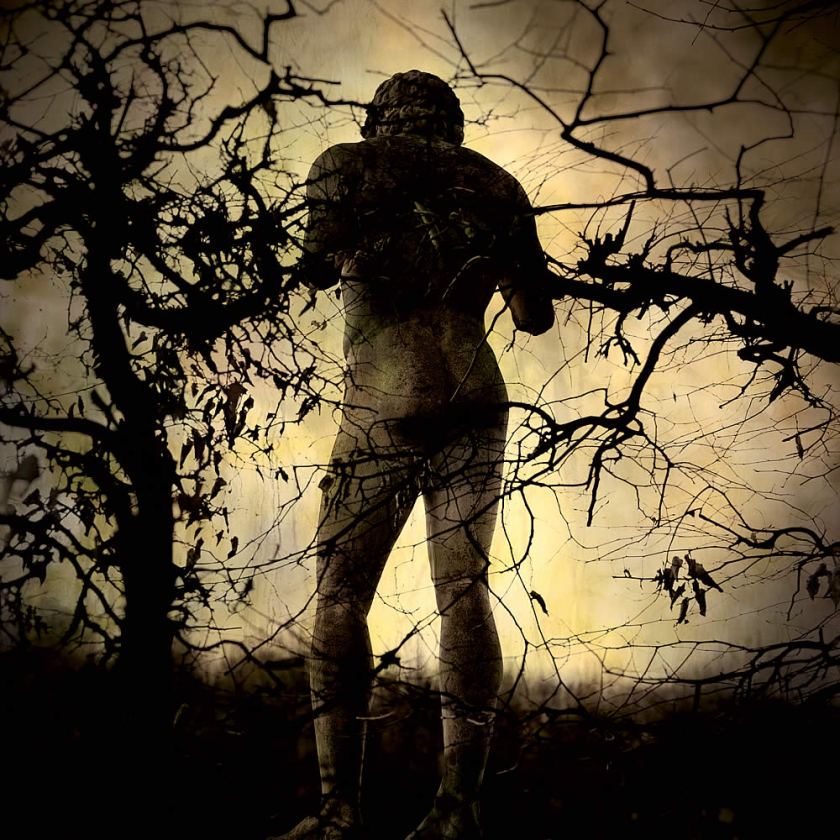
You must be logged in to post a comment.